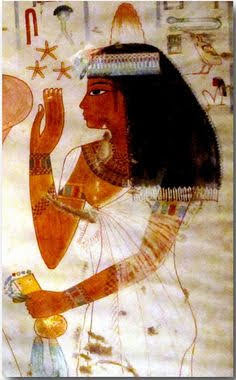Wadjet: Protective Egyptian goddess.
Wadjet is a goddess of childbirth who protects royal and wealthy children.
Lower Egypt is protected by her, and she imparts her
expertise and competence to the reigning pharaoh.
Along with Nekhebet, she is one of Pharaoh's two Ladies.
On December 25th, Wadjet is commemorated with chants and
songs.
Her totem is a cobra.


















